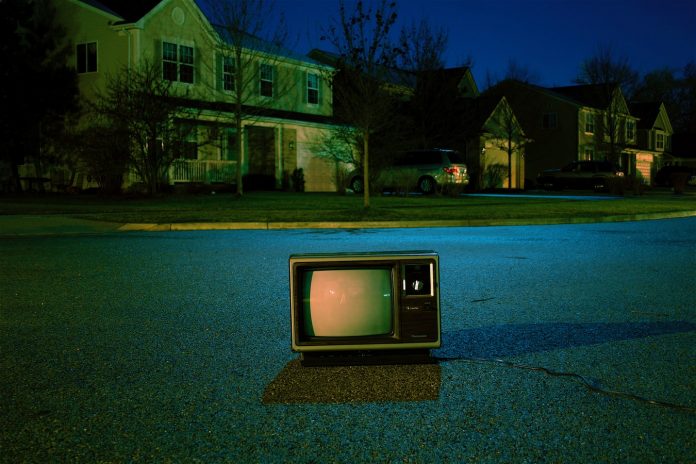Many industry critics claim that we are living in a golden age of television. There are hundreds of high-quality shows in all genres from children’s programming to true crime. These shows are available on broadcast networks, pay-TV, and streaming services like Netflix. The increased competition in the television sphere has forced studios to be more creative and to put more money into their television budgets. In this case, the viewers are the ones who benefit. Michael Luisi examines the roots of streaming entertainment and offers insights into its creation.
Origins and Segmentation
The landscape of television has changed dramatically from its origins in the late 1940s. New technological discoveries in the 1940s made it possible for the industry to change from live programming to recorded shows, increasing the quality of the shows but in some cases removing its lively spontaneity. When the television industry got its start, there were only three networks: ABC, CBS, and NBC. These three networks, along with a diversity of local stations, dominated pop culture. PBS was a latecomer in the 1960s, with Fox making its appearance in the 1980s.
In the 1970s and 1980s, pay-TV began to make an outsized mark on the television landscape. When pay-TV networks like HBO and Cinemax were getting started, they focused exclusively on movies, but they soon began to develop their own television programming as well. Pay-TV channels were not restricted by FCC laws governing their content, and Pay-TV viewers were able to watch a wide variety of programs that were made for an adult audience.
Another huge change in the television landscape in the 1980s was the segmentation of the market. Pay-TV companies introduced a wide variety of channels aimed at specific demographics, leading consumers to watch these channels rather than the top three broadcast networks. This diluted the market for the top three networks and independent stations. This segmentation was only the beginning of the trend that has made a significant impact ever since.
The television audience continued to be divided on the basis of gender and age. Men viewed sports programs, women watched lifestyle and entertainment shows, while children took advantage of a large number of programs tailored for them.
News Programming
24-hour news made a mark starting with CNN in the 1980s. Prior to the advent of CNN, television viewers needed to wait for the local and national news broadcasts to receive the most up-to-date information. CNN created a market for itself by following a story through a 24-hour news cycle. Older viewers were particularly drawn to 24-hour news channels, a trend which continues to this day.
The Advent of Streaming
Netflix got its start in the early 2000s. The service positioned itself as a replacement for visiting a local video store. Netflix’s model took off and developed rapidly. DVD customers enjoyed being able to set up queues with their favorite movies and TV shows in order of their preference. Netflix was part of the dismantling of the video store model, causing economic disruption.
In 2008, Netflix pioneered streaming video services. The company positioned itself to enter people’s homes through connected devices like smart TVs and gaming consoles. The platform was quickly adopted, and Netflix executives received a great number of accolades. Amazon Prime and Hulu also enjoyed success in this field.
The rise of streaming deeply worried studio executives from both broadcast and cable TV networks. With streaming capability, a household could drop its pay-TV subscription and enjoy a broad range of programming over the Internet. This phenomenon came to be called “cord cutting.”
Cord cutters form an increasing share of the television market. In 2017, pay-TV providers suffered from a 3.7 percent drop in subscribers. Many cord cutters blame the high costs of cable TV for their decision to let go of these subscriptions. Among pay-TV subscribers, 70 percent feel that they are paying too much for their entertainment.
Catering to cord cutters, several cable companies have come out with their own streaming apps which can be used to view their programming. HBO Go is a good example. Amazon Prime has also introduced its “Channels” service which enables Prime customers to pay separately for premium cable networks.
Going Forward in the Streaming Industry
The newest trend in streaming is the network or studio platform. Studios and networks are looking for their own piece of the streaming revolution, and they want to protect their own content from being shown on other services. Disney is introducing its platform Disney+ in the fall of 2019. Other subscription services that will be making an appearance include HBO Max, which will exclusively host Warner Brothers and HBO films and TV shows. New technology is a must for business owners looking to save with more efficient gadgets. Deciding to engage with these streaming platforms may be a cost-effective lifestyle change. Michael Luisi urges industry consumers to understand the current television landscape and to decide whether streaming services are right for them.
Find a Home-Based Business to Start-Up >>> Hundreds of Business Listings.















































